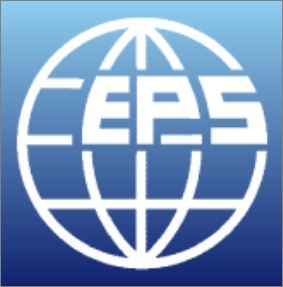 Après avoir été distinguée une première fois par l'American Physical Society, Giada Cantono du LIDYL vient de recevoir "l"EPS PPD PhD Research Award" de la Division "Physique des plasmas" de "l’European Physical Society", pour son travail de thèse sur :"Plasmonique relativiste pour sources de rayonnement ultra-brèves" :
Après avoir été distinguée une première fois par l'American Physical Society, Giada Cantono du LIDYL vient de recevoir "l"EPS PPD PhD Research Award" de la Division "Physique des plasmas" de "l’European Physical Society", pour son travail de thèse sur :"Plasmonique relativiste pour sources de rayonnement ultra-brèves" :
"Par son étude de l'excitation de "plasmon de surface résonant" à intensité laser extrêmement élevée, Giada Cantono démontre dans sa thèse tout l'intérêt de l'excitation plasmonique pour l'accélération des paquets d'électrons relativistes émis le long de la surface cible, ainsi que la génération d'harmoniques d'ordre élevé... Les émissions électroniques et harmoniques obtenues présentent des caractéristiques remarquables, qui faciliteront la conception d'applications pratiques. En contournant les problèmes techniques et conceptuels majeurs, ces résultats renforcent l'applicabilité des effets plasmoniques dans le régime de champs élevés, ouvrant de nouvelles perspectives pour la plasmonique relativiste".
Toutes nos félicitations à la double lauréate !
After being first distinguished by the American Physical Society, Giada Cantono from LIDYL has just received the "EPSPD PhD Research Award" from the "Physical Physics of Plasmas Division" of the "European Physical Society", for her PhD thesis on "Relativistic Plasmonics for Ultrafast Radiation Sources":
This prize award : "The thesis of Giada Cantono demonstrates the opportunity of resonant surface plasmon excitation at ultra-high laser intensities by studying how such waves accelerate bunches of relativistic electrons along the target surface and how they enhance the generation of high-order harmonics of the laser frequency ... In presence of surface plasmons, both electron and harmonic emissions exhibit remarkable features that support the conception of practical applications. Putting aside some major technical and conceptual issues discouraging the applicability of plasmonic effects in the high-field regime, these results are expected to mark new prospects of relativistic plasmonics.”
Congratulations to the double winner!
